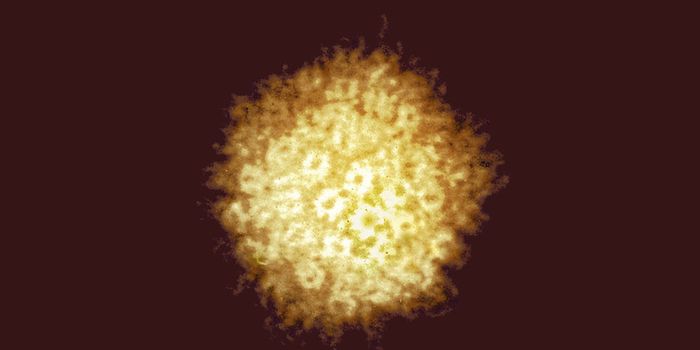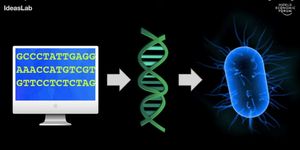Scientists Learn Why Some Body Clocks Are Too Short
Some individuals are morning people to the extreme. Scientists have found that certain genetic mutations can impact the biological clock, and cause the bodies of individuals carrying those mutations to function on a 20-hour cycle instead of a 24-hour cycle. These genetic errors impact the physiology of organisms as varied as fruit flies and people. In new work reported in eLife, researchers have focused on mutations in a gene coding for an enzyme called CK1 (casein kinase 1), which controls the action of a critical body clock protein called PER or PERIOD.
"Many people with sleep phase disorders have changes in their clock proteins," said corresponding study author Carrie Partch, associate professor of chemistry and biochemistry at UC Santa Cruz. "Generally, mutations that make the clock run shorter have a morning lark effect, and those that make the clock run longer have a pronounced night owl effect."
Kinases are enzymes that add a phosphate group to a protein, an action called phosphorylation; the PER2 protein can be phosphorylated at one of two places by CK1. If phosphorylation occurs at one site, PER is stabilized, and if the phosphate group is added at the other site, PER2 gets degraded. Mutations in either molecule disrupt this delicate balance, and degradation is favored over stabilization.
PER proteins play a role in a feedback loop, and their levels help set circadian rhythm timing. If mutations occur that cause more PER to be degraded, the clock's timing is thrown off balance.
"What we discovered is this neat molecular switch that controls the abundance of the PER proteins. When it's working right, it generates a beautiful 24-hour oscillation," Partch explained.
In vitro experiments by the Partch lab and confirmations by collaborators suggested that CK1 changes its shape, altering the dynamics of that switch. Mutations can cause CK1 to favor one shape over another. The CK1 protein contains an activation loop, and the loop's conformation changes how CK1 prefers to bind; one prefers to attach to cause degradation. The other conformation binds to a PER protein site called the FASP region. Mutations in this part of the protein are linked to a sleep disorder known as Familial Advanced Sleep Phase Syndrome.
FASP mutations disrupt PER and how CK1 binds. Mutations in CK1 can also interfere with how it binds PER. When CK1 binds to the FASP region, PER is stabilized, If the FASP region is phosphorylated, CK1 is inhibited, and can no longer trigger degradation.
"It binds and locks the kinase down, so it's like a pause button that prevents the PERIOD protein from being degraded too soon," Partch said. "This stabilizing region builds a delay into the clock to make it align with Earth's 24-hour day. Our results provide a mechanistic foundation to understand the essentially universal role of CK1 as a regulator of eukaryotic circadian clocks."
Sources: AAAS/Eurekalert! via University of California - Santa Cruz, eLife









